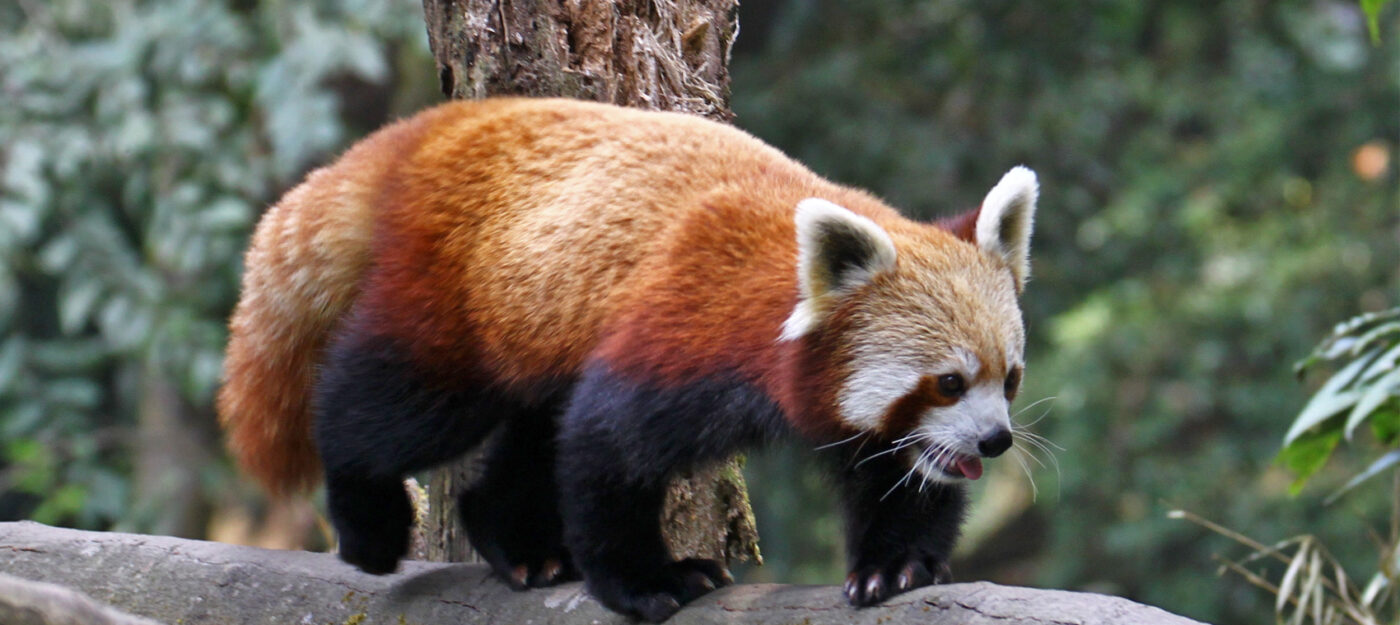Trip Overview
Koshi Tappu Wildlife is very famous all around the globe. Similarly, Koshi Tappu Wildlife Reserve was established primarily for bird watchers. The Camp is ideal for all nature lovers looking for peace in the midst of nature’s glory. Koshi Tappu wildlife reserve has established itself as a birdwatcher’s haven. The reserve encompasses Saptari and Sunsari districts in Nepal’s eastern south and is defined by the eastern and western banks of the Koshi River. Since 1987, the Koshi Tappu Wildlife Reserve has been designated as a wetland site.
Due to the variety of birds and animals available in the Koshi Tappu Wildlife Reserve. Annually a lot of visitors come to visit this place.
The reserve’s environment is primarily grassland with areas of scrub and deciduous revering forest. What makes Koshi Tappu unique is that the birds spotted here are not found anywhere else in Nepal. Around 439 different bird species have been recorded in the reserve.
During the winter, several of them fly all the way from Siberia. On the riverbank, a variety of ducks, herons, stork’s egrets, and ibis may be seen. Swamp Francolin, Black-necked Stork, Lesser Adjutant, Comb Duck, Falcate Duck, Spot-billed Duck, Cotton Pygmy Goose, Baer’s Pochard, Bailon’s Crake, Ruddy Crake, Greater Painted Snipe, Pheasant-tailed Jacana, Yellow-wattled Lapwing, Indian Courser, Black-bellied Tern, Imperial Eagle, White-tailed Eagle, etc.
Wild buffalo, wild boar, hog deer, spotted deer, blue bell, and jackal are among the other creatures present here. Other attractions are the Gharial Crocodile and Gangetic Dolphin. Between October and April is the best time to visit Koshi Tappu.
More about Koshi Tappu Wildlife Reserve
The Koshi Tappu Wildlife Reserve is located in eastern Nepal, between the Saptari and Sunsari districts. The Koshi Tappu Reserve encompasses a large portion of the Koshi River delta. It is a popular safari tour site since it allows visitors to see a variety of indigenous and exotic species. As well as uncommon wild buffaloes. Wild buffaloes, hog deer, wild boar, spotted deer jackals, and Gangetic Dolphins all live in the forest. This area is mostly tall Khar-pater grassland, with a few patches of Khair-sissoo scrub woodland and a mixed kind of deciduous river line jungle thrown in for good measure.
Travelers can take an elephant back safari excursion to experience the Koshi Tappu area. Additionally, you can go boating on the Sapta Koshi River and take a short jeep ride to see a variety of endemic-exotic birds and endangered animals in the wild. Particularly during dusk and morning safari tours, you will get spectacular vistas of a wide variety of birds and animals perched along the Koshi River’s bank. It is the home of birds, and it is here that you may fulfill your goal of going on a bird-watching tour in Nepal.
The Status of the birds in Koshi Tappu Wildlife Reserve
Despite the presence of a diverse range of migratory and resident birds, the birds in the Reserve are not safe. In recent years, the number of migratory birds has declined. The wetlands are drying up and being severely harmed by the Saptakoshi River’s inundation, resulting in the loss of migratory bird habitat. As a result, by the time winter arrives, the number of birds entering the Reserve has decreased.
Furthermore, the local people’s haphazard use of chemicals in agriculture is posing a threat to bird species. Several bird species in the Reserve have died as a result of this. The number of bird species in the Reserve has fallen, as has the number of bird watchers, ornithologists, avian visitors, and researchers who visit the park.
Highlights
- One of Nepal’s top bird-watching spots (A total of 280 different species of birds are there in the reserve. )
- Wild buffaloes, hog deer, wild boar, spotted deer jackals, and Gangetic Dolphins can all be seen on the Sapta Koshi River
- Jeep Drive.

